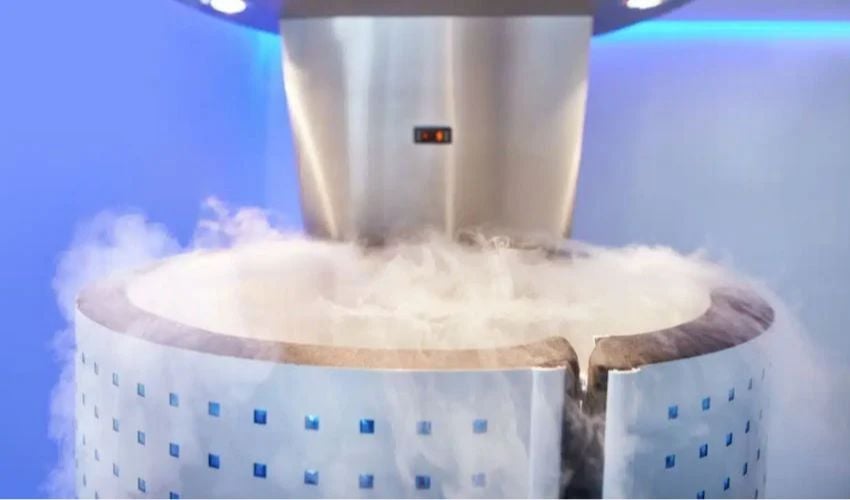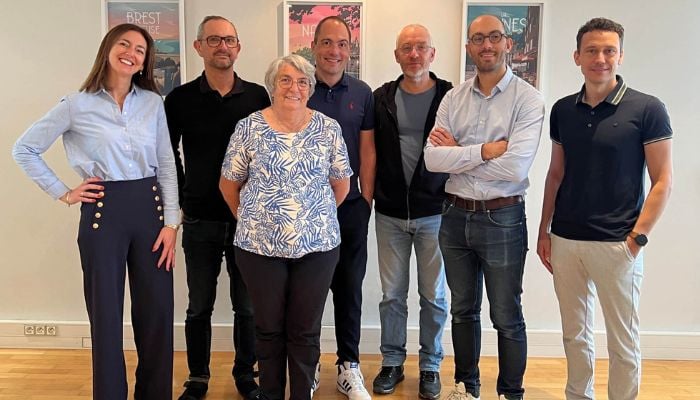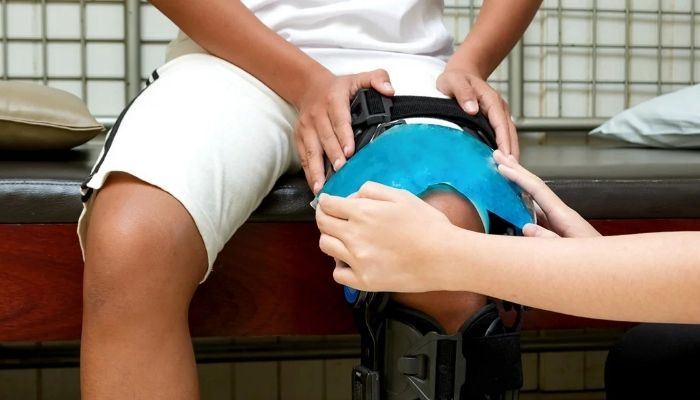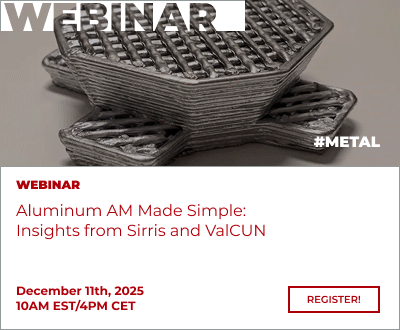Kicmed Turns to 3D Printing to Develop an Innovative Cryotherapy Solution

The medical industry in France is constantly innovating to improve healthcare, enhance patient comfort, and make practitioners’ daily lives easier. One of the latest gems we’ve discovered is Kicmed, a startup based in the Nantes region. The company has developed a medical cryotherapy device — and we’re talking about it today because it integrates additive manufacturing! In fact, the system relies on a 3D-printed silicone sleeve. Cryotherapy is a treatment that involves exposing an area of the body, or even the whole body, to very low temperatures to promote healing. We met with the Kicmed team to learn more about how the device works and the role 3D technologies played in its development.
3DN: Can you tell us about Kicmed?
Kicmed is a Nantes-based startup developing a medical cryotherapy device with intermittent compression for therapeutic use. Our team consists of seven partners, each bringing expertise in healthcare, industry, quality, or risk management. We design and develop both the cooling module and the sleeve in-house. Everything is 100% made in France and fully compliant with European environmental and health standards. 3D printing is used to design the sleeve.

The Kicmed team (Photo credits: Kicmed)
3DN: How did Kicmed come about?
Kicmed was born from a meeting between a hospital director, an engineer, and a surgeon. The surgeon was already using cryotherapy for his post-operative patients to provide greater comfort, reduce the need for painkillers, and promote faster recovery with fewer complications, thanks to its anti-edema, anti-inflammatory, and analgesic effects. However, existing devices were not very ergonomic and relied on ice, meaning the temperature was difficult to control and the risk of burns remained. He also wanted to add compression to improve blood circulation. From there, the idea took shape, evolved, and the challenge was met.
3DN: How do you use additive manufacturing? What processes and materials are involved?
We use additive manufacturing by converting a mathematical formula into software that controls the 3D printing of the silicone sleeve. The sleeve is uniquely designed to allow the circulation of a liquid cooled by the module to which it is connected.
3DN: Why did Kicmed choose 3D printing?
We chose this technology because it represents a major step forward in the healthcare industry. It opens up new possibilities for designing shapes and models that are better adapted to patients’ needs and to different types of surgery.

Many cryotherapy solutions currently exist (Photo Credits: Kiné Médical)
3DN: What are the next steps?
Kicmed’s next steps include launching the KicBoxOne in 2025 and addressing various needs to optimize post-operative patient care. The goal is to offer greater comfort to patients receiving treatment in rehabilitation centers, physical therapy clinics, massage therapy practices, and sports facilities.
3DN: Any final words for our readers?
You can follow our latest updates on our LinkedIn page. See you soon!
What do you think of Kicmed and its device? Feel free to share your thoughts in the comments below. Interested in the latest news on medical and dental 3D printing? Click here. You can also follow us on Facebook or LinkedIn! Plus, don’t forget to sign up for our free weekly Newsletter to get the latest 3D printing news straight to your inbox. You can also find all our videos on our YouTube channel.
*Cover Photo Credit: Terre de Mars








